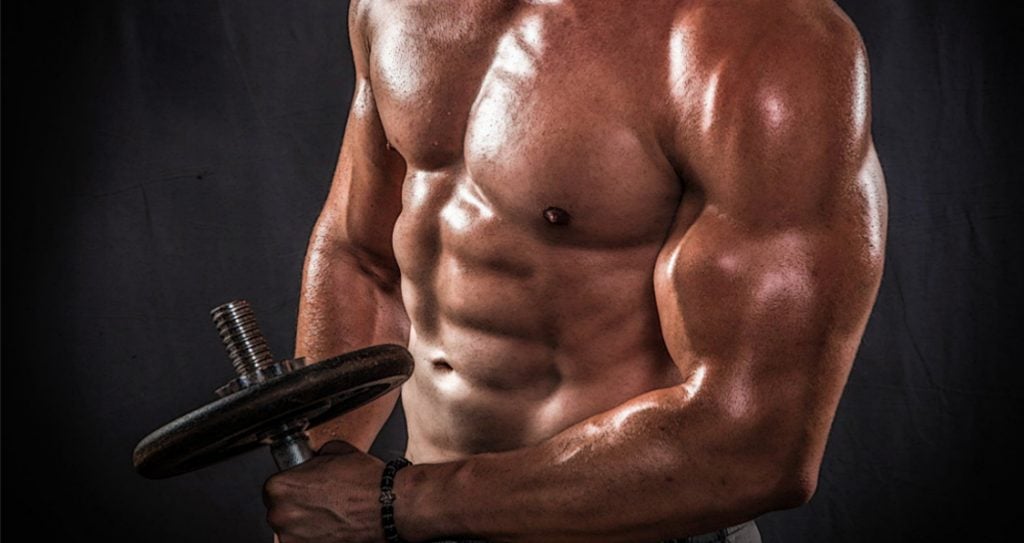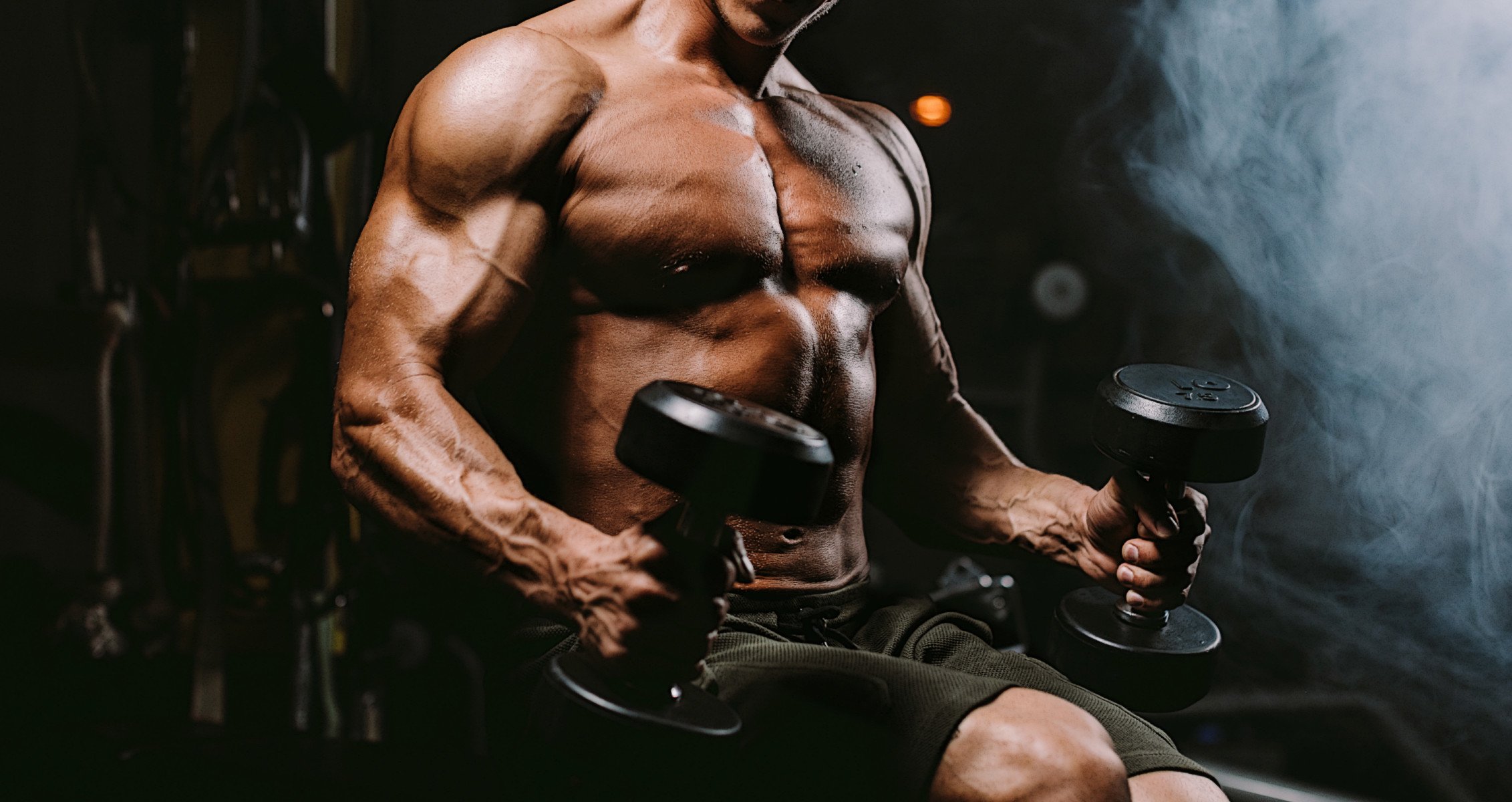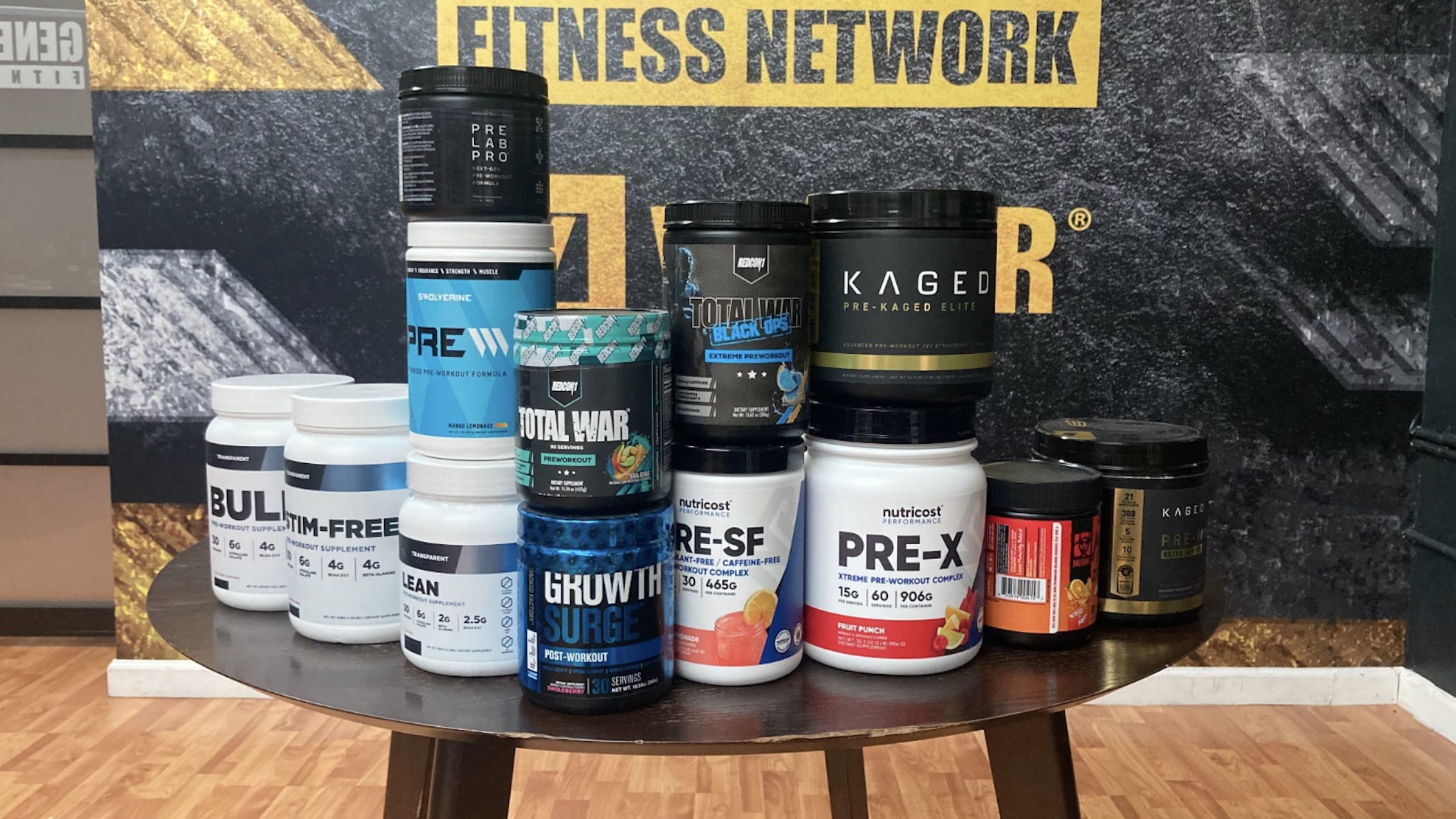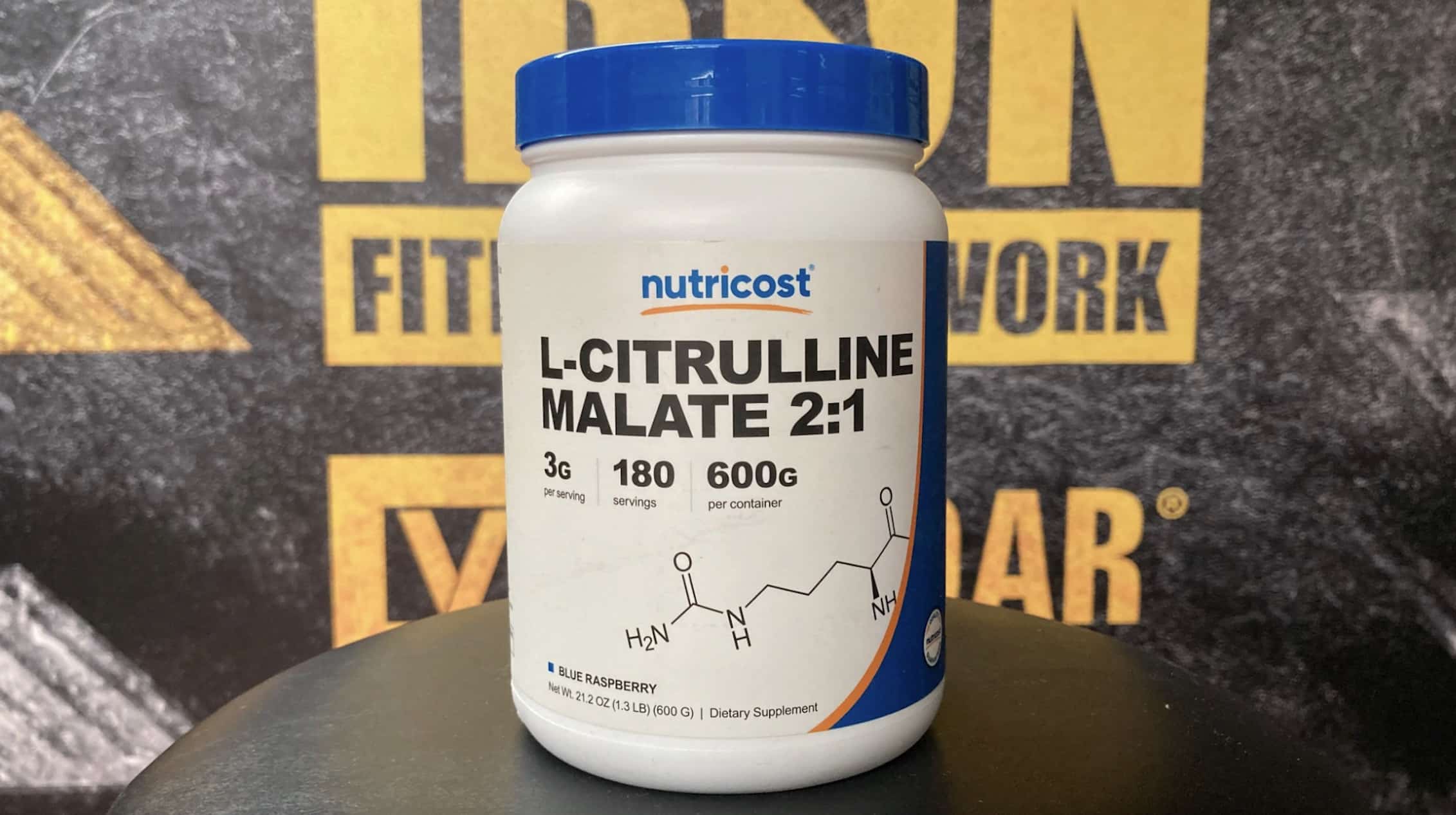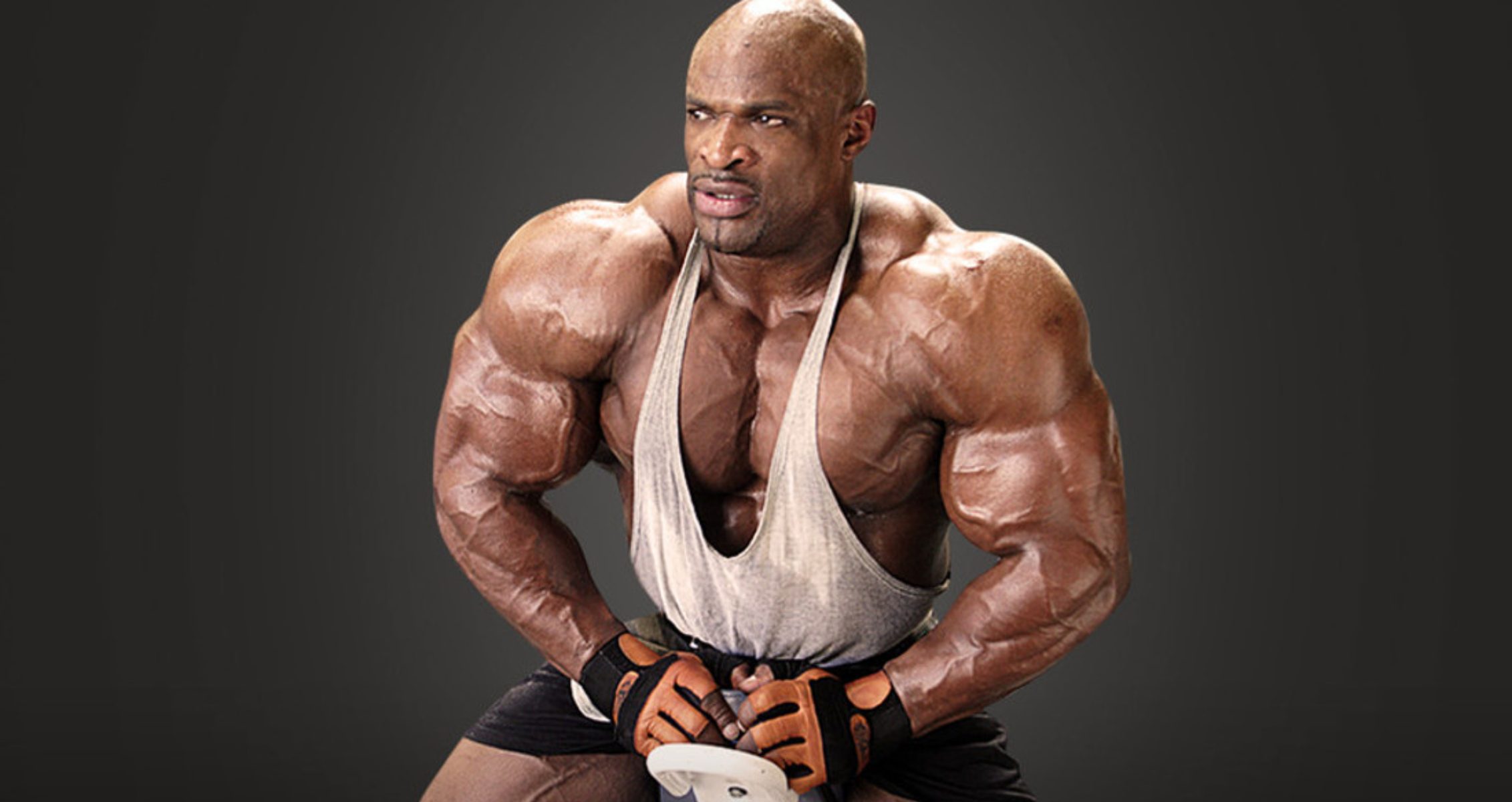The Battle of Partial Vs Full Range of Motion
There’s a constant battle at hand when it comes to lifting, and we are not talking about you vs. the weights. What we are talking about is the range of motion to use during lifting to maximize the effectiveness of your workout, and really pack on the muscle mass. There is a constant argument between which method is better: partial lifts or lifts utilizing full range of motion.
Depending on who you ask, they will fall on either one side or the other. Let’s take a look at the benefits of each, and which method is the most beneficial.
Full Range of Motion
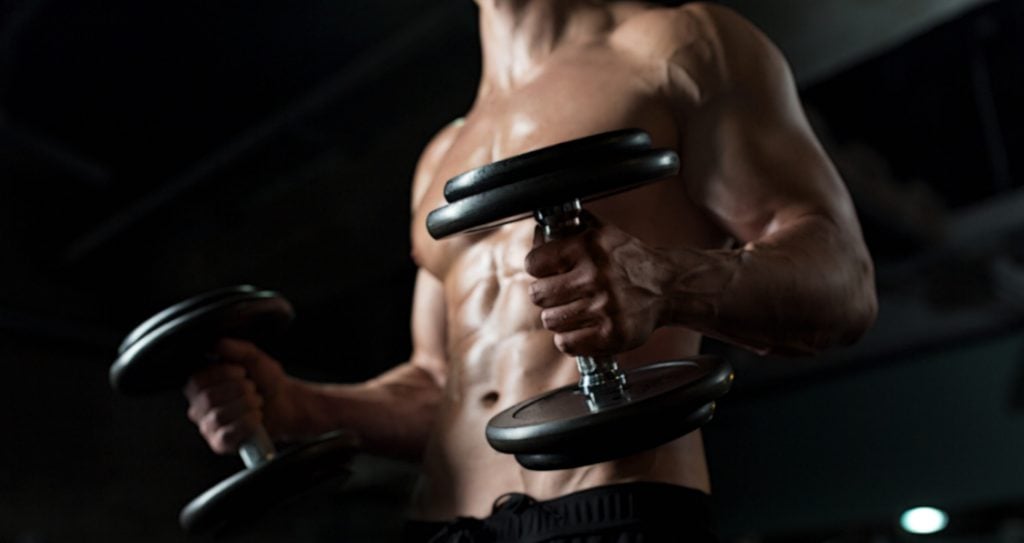
On the other hand, dumbbell flyes can in fact engage the pec muscles far deeper than your average bench press, as they allow for much more of a stretch than most chest movements. Full range of motion, for either the exercise or the muscle, ends up working the muscle group to the extreme.
One good example is the squat. The partial squat is still a great exercise, as completing partial reps will keep tension more on the quads than a full range of motion, which recruits more hamstrings and glutes, making full range of motion better for overall leg development. But there’s nothing quite like completing the full motion, and it looks pretty cool when you are doing it. We’ve said it time and again, if you want to get the most out of your squat, then you better get down as low as possible in order to perform the full motion and engage as many muscle groups as possible. In this way, full range motions are great to target multiple areas as opposed to isolating one muscle group. It offers both strength as well as flexibility in the target area.
Partial Range of Motion
Now partials are another story. The effectiveness of partial reps all depends heavily on application as well as the goals you wish to achieve out of your lift. If you’re going for strength, then partials can be beneficial, but ultimately they end up working better for sculpting muscle.
If you haven’t caught on by now, that means it’s a great tool for a bodybuilder. You see, partials require that a repetition of, let’s say, a dumbbell curl won’t be taken to a full range where the joint locks completely. It requires more control and in turn this means there will be constant tension on the muscles during lifts. This also means your bicep will be on fire by the time you’re done curling.
You may see a lot of bodybuilders utilizing partials after they complete their sets. For example, Tom Platz, who had some of the greatest legs on the planet, would take his sets to failure and then do forced reps on top of it. Now, those forced reps were not always a full range of motion, but rather partials intended on keeping tension on the muscle he was targeting. This technique is still utilized by many bodybuilders today!
Partials are great for isolating specific muscle groups and can end up paying dividends. But keep in mind that if you want to get the most out of partials then you better make sure you have good form. Poor form can risk recruiting other muscles than the ones you are intending to target, and ultimately defeat the purpose.
Strength Gains
While partial range of motion is great for bodybuilders because it helps sculpt the muscles, this does not mean other athletes can’t benefit from utilizing partial range of motion too. Using partial range of motion can help build strength, and be a good way to progressively overload. For example, if you finish a set of curls and are absolutely finished, try and force yourself to get a few partial reps out of it so then next time you are able to do a little more weight with full range of motion.
Partial range of motion is also utilized by many powerlifters to help build strength. For example, you see them doing rack pulls which will transition over to deadlifts and help with the lockouts. There is also floor press, which is bench pressing from the floor, and helps with the lockouts on your bench press. The same goes with box squats, as they help the lockouts of your actual squats. These are all partial reps, but aimed at transferring strength over to your other exercises that use full range of motion.
While partial reps are great for building strength, you cannot rely entirely on them for making you stronger. As an example, if you only do high box squats, your body will not be used to a full range of motion and when you go to hit depth you will get stuck “in the hole” because your strength was built primarily for the lockout part of the movement. This is one reason training with a full range of motion is necessary.
Another reason that training with a full range of motion is necessary, is the development of the muscle. If you are utilizing only partials range of motion, the muscle may not develop to the standard you are looking for. Full range of motion enables for a greater stretch and more muscle fiber recruitment, which helps develop the overall muscle.
Full Range of Motion vs. Partial
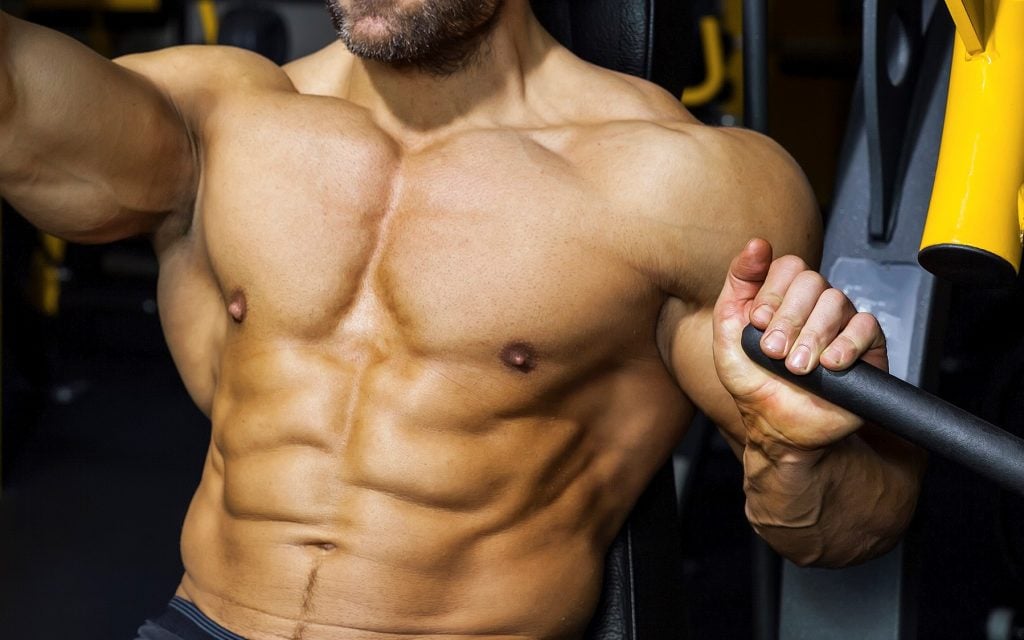
So which is better? Well if you haven’t caught on yet, then you may want to go back a reread this entire article. The obvious answer is, you guessed it – both of them are just as important as the other. Here is why:
It takes a combination of both full range and partials to get the job done and attack a muscle group from multiple angles. Utilizing both a full range of motion as well as partial reps also really stresses the muscle you are trying to hit, and breaks it down even more (remember to give yourself adequate recovery time in between workout sessions).
Wrap Up
So the question should not be: should I do partial range of motion or full? It shouldn’t be a question at all. To maximize your gains and really progress, there is no harm in utilizing both.
So what is your take on the subject?
Let us know what you think in the comments below and be sure to follow us on Facebook and Twitter.
